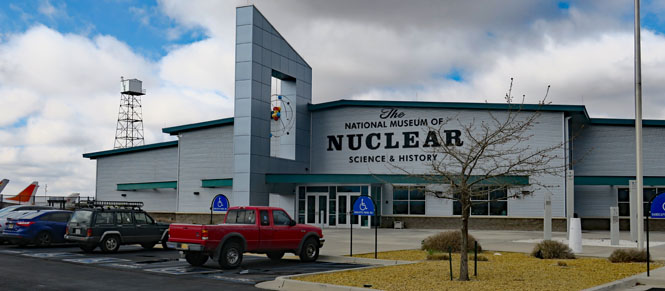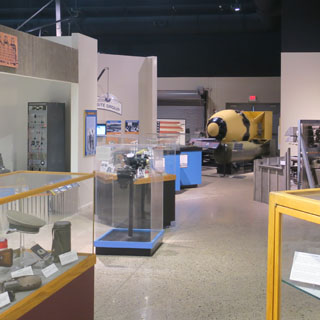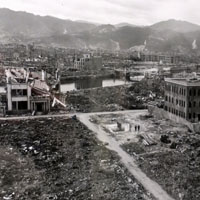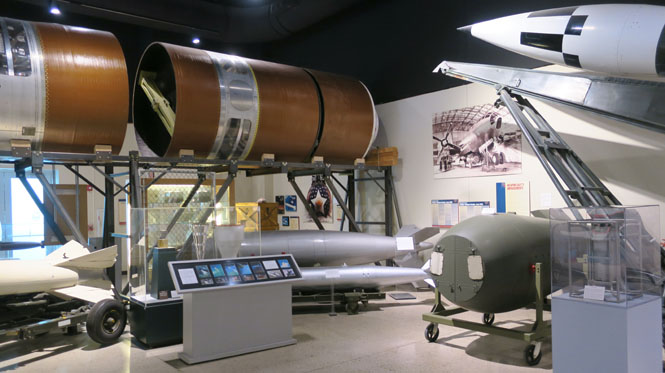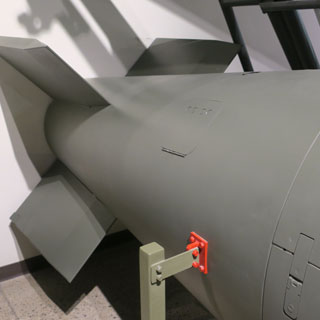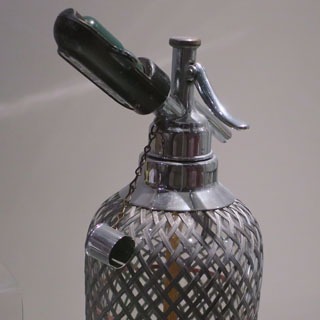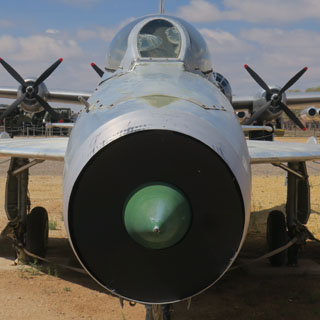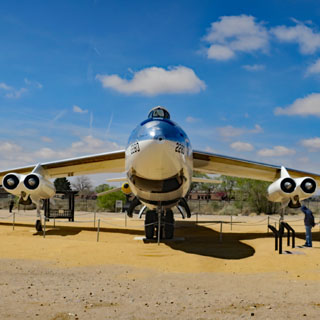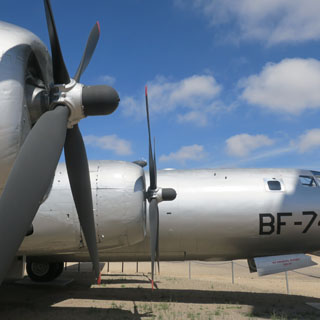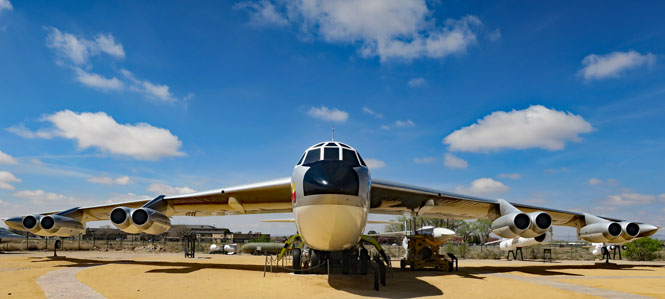April 1, 2019
Albuquerque is the center of a region that was instrumental in the development of both rockets and nuclear power (particularly for weapons). From Los Alamos Laboratories to the White Sands Missile Range, there's a lot of history here.
I'll be visiting The National Museum of Nuclear Science & History.
 New Mexico
New Mexico
The museum has been through a few different names and has been operated by different organizations. Today, it is operated by the National Atomic Museum Foundation, but it has also a connection to Sandia Laboratories. At one time the Air Force handled things and then the Department of Energy took over.
The name has also changed, but I don't know that any of its names has ever captured what the museum is really all about: the development history of atomic weapons.
If you want the most detailed information on the Manhattan Project during WW2 that resulted in the first atomic bombs dropped on Japan, the Los Alamos museum is far and away the best. But, this museum does a nice broad overview, and of course, covers much of what came after.
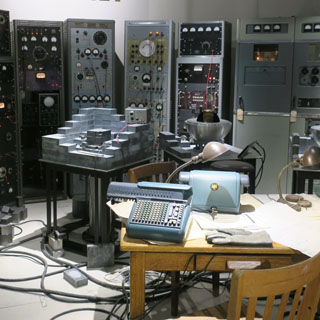
Bomb casings of the two types of bombs that were dropped. They both seem quite small for what they were capable of doing.
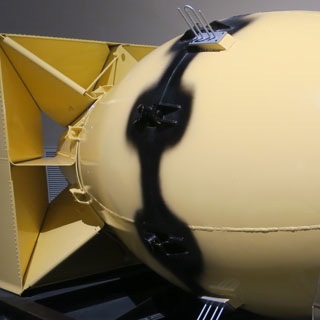
Post-bomb photographs from Japan. The destruction was virtually total.

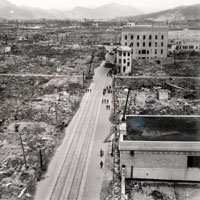
They have a good collection of cold-war artifacts.
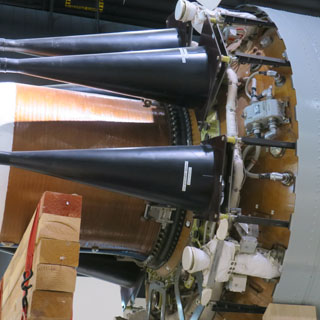
A surprisingly high number of bombs were accidently mishandled and inadvertently dropped. The Palomares bombs are one of the more well-known incidents. Oops...
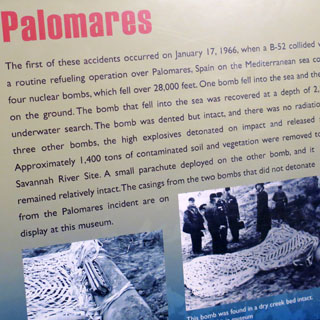
A collection of consumer goods extolling the benefits of radiation on the body--that seltzer bottle ensures plenty of healthy radiation with every drink...

Their aircraft (and missile) collection is a good one. It's all cold-war vintage.
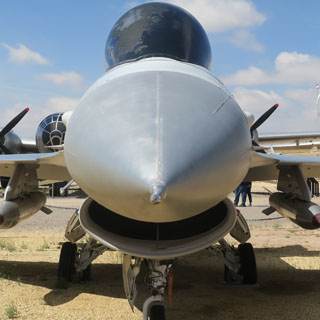
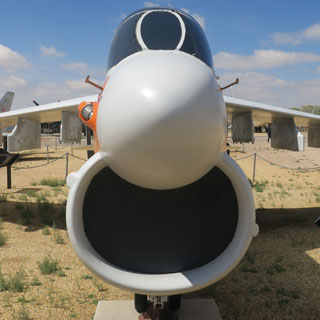

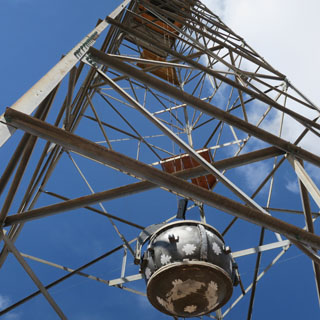
Atomic shells sent by canon--perhaps this one wasn't given enough thought. It's a clever system of towing where the canon can be pulled either direction and isn't likely to get stuck.
A delivery system that is still in place.

It's a worthwhile museum. There are a few other museums in this region--all focused on their particular part. This Albuquerque museum tries to look at the big picture.

Completely unrelated to atomic power, it's the Cadillac Ranch not far west of Amarillo, Texas.
